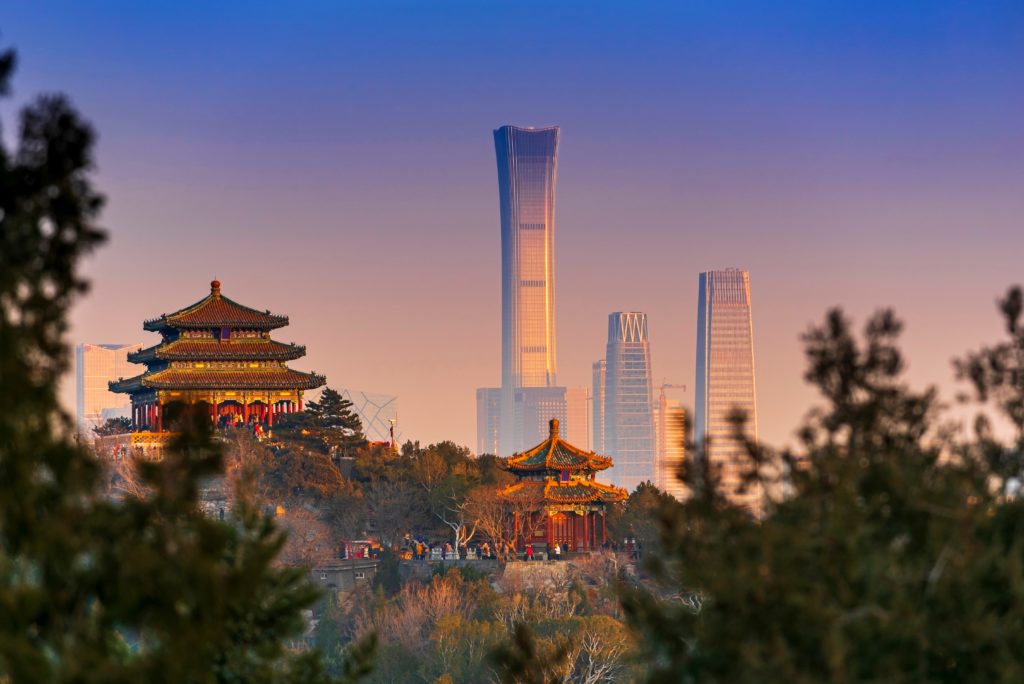The Peninsula
2022 in Review: The 30th Anniversary of Korea-China Relations and Their Future Prospects

This is the fifth piece in a series looking at how the issues identified in KEI’s annual “10 Issues to Watch for on the Korean Peninsula” series and other issues of note developed in 2022. The original “10 Issues” piece can be found here.
As Korea and China celebrated the 30th anniversary of diplomatic relations in 2022, Korean President Yoon Suk Yeol and Chinese President Xi Jinping exchanged letters to mark the occasion. In his letter, President Yoon called for “new directions for cooperation” based on the “spirit of mutual respect and reciprocity”, according to his office. Chairman Xi Jinping of China wrote both sides should “unite and cooperate at a critical period” in the post pandemic world. While Korea and China were able to manage their differences in 2022, continued efforts will be needed to maintain cooperation in the new year.
Although China remained an important trading partner in 2022, Korean officials say they are looking for alternatives. Semiconductors, an important Korean industry with large exports headed to China, have emerged as a particularly sticky issue. Although Seoul ended up joining the American-led Chip 4 initiative, Korean officials were initially cool to the idea. China warned Korea not to participate in exclusionary groupings, and the two sides announced the formation of a Collaborative Supply Chain Council to discuss the issue. But going forward, Seoul will need to think carefully about how it can address challenges from its over-reliance on the Chinese market.
Security issues also saw challenges in the bilateral relationship. A report by the Ministry of Defense in October found that Chinese military aircraft entered the Korean Air Defense Identification Zone over 70 times last year. Those violations continued this year, with the most recent incident occurring with Russian planes at the end of November. China also reiterated objections to Korea’s deployment of the Terminal High Altitude Defense system, which regained attention after then candidate Yoon called for acquiring another battery. Given North Korea’s continued development of its missile and nuclear weapons programs, it is unlikely South Korea can afford to withdraw any defensive systems.
In the field of diplomacy, Korea decided it was not worth upsetting China when U.S. House Speaker Nancy Pelosi visited the region in August. The Congressional leader’s stop in Taiwan infuriated Beijing, which launched a series of military exercises around the island. While the Speaker held high level meetings during stops in other capitals, President Yoon only held a phone call with her. Korea officially has begun to align with the United States, calling for “preserving peace and stability” around Taiwan. But the decision to avoid meeting with Speaker Pelosi underlines Korea’s continued ambivalence towards a larger role in regional affairs.
For thirty years, Korea has been careful to balance its largest neighbor China on the one hand, and its security partner the United States on the other. But how much longer will Seoul be able to keep up the balancing act? The broader slowdown in the Chinese economy, coupled with greater intervention by the state, has encouraged Korea to look for new partners. China’s stance on Taiwan, and its lack of influence on North Korea also contributes to rising regional security tensions. As President Yoon heads into a new year, maintaining Korea’s bilateral relationship with China will continue to be a critical challenge.
Terrence Matsuo is a Non-Resident Fellow at the Korea Economic Institute of America. The views expressed here are the author’s alone.
Photo by iamlukyeee from Shutterstock.
